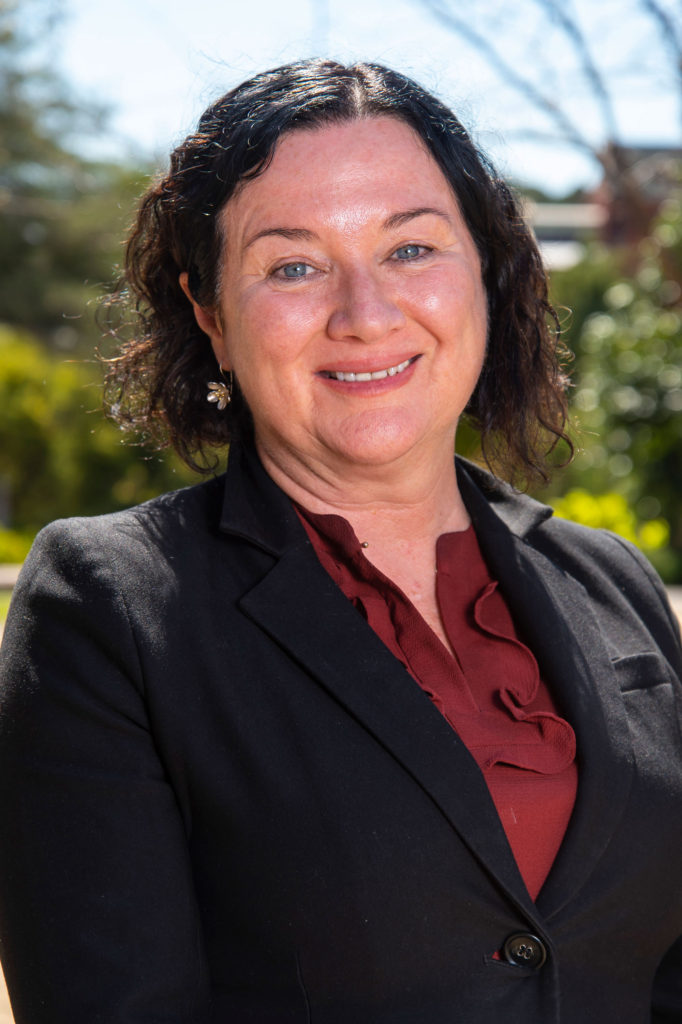Vinehealth Australia is lucky to have Dr Jo Luck on their Board. Jo brings extensive biosecurity research skills to the table and is currently the Program Director for the Plant Biosecurity Research Initiative (PBRI), the organisation that coordinates funding for biosecurity research and development in Australia.
Jo has been instrumental in the management of biosecurity research programs for many years, including in the horticulture and viticulture industries.
Previously, as Principal Research Scientist with Agriculture Victoria, Jo led a team of researchers working in biosecurity and trained in California to develop expertise in detecting the grapevine pathogen Xylella, the number one threat to Australian plant industries.
Jo has also led international research projects on the influence of climate change on plant biosecurity, notably the effect of elevated CO2 on plant diseases, and was Research Director of the Plant Biosecurity CRC.
Now as Program Director for the PBRI, Jo drives the collaboration of seven plant RDCs with Plant Health Australia and the Department of Agriculture and Water Resources, to coordinate investment in cross-sectoral plant biosecurity research. Key focus areas include preparedness, diagnostics and surveillance.
Jo brings that experience to Vinehealth Australia, to assist with strengthening biosecurity activities to protect the wine industry.
“My experience working in plant biosecurity research and strategy for over 30 years, combined with being involved in my family’s vineyard operations for the past 25 years, enables a good perspective on the biosecurity issues facing grapegrowers,” Jo said. “I look forward to continuing to support and protect the wine industry, in this strategic role.”
Jo said the devastation of recent fires has highlighted the challenges facing Australian agriculture and emphasised the importance of responding to a changing climate and managing resources efficiently.
“In addition to this, the global trends of increased trade and passenger movement continues to place pressure on our national biosecurity system and the ability to keep unwanted plant pests out of the country,” Jo said.
“At a regional level, the risks associated with the movement of vehicles and equipment between properties and irresponsible wine tourism are challenges that need to be better managed.
“And with a shift to organic and sustainable practices in the vineyard, the use of systemic chemicals to control pests and diseases will not be an option. Biocontrol and non-chemical alternatives will become vital. “
From an R&D perspective, Jo said opportunities for the wine industry include the use of artificial intelligence and image recognition to detect pests in the vineyard, and the use of drones for more efficient aerial surveillance of pests and disease symptoms. “The ongoing use of DNA detection and smart-trapping of pests will continue to be explored,” Jo said.
“Communication of research relating to phylloxera and other grapevine pests and diseases and the training in good biosecurity practices should continue to be extended to growers. Strengthened collaboration with international wine growing regions affected by biosecurity threats, such as phylloxera and Pierce’s disease, will be vital to keep up-to-date with the latest detections, spread, and management options for these pests and diseases.
“It’s also vital to develop a roadmap for the future sustainability of Vinehealth Australia to enable its continued work with growers to keep our vineyards phylloxera-free, including our unique heritage vines, which are so valuable for our wines and brand stories.”
